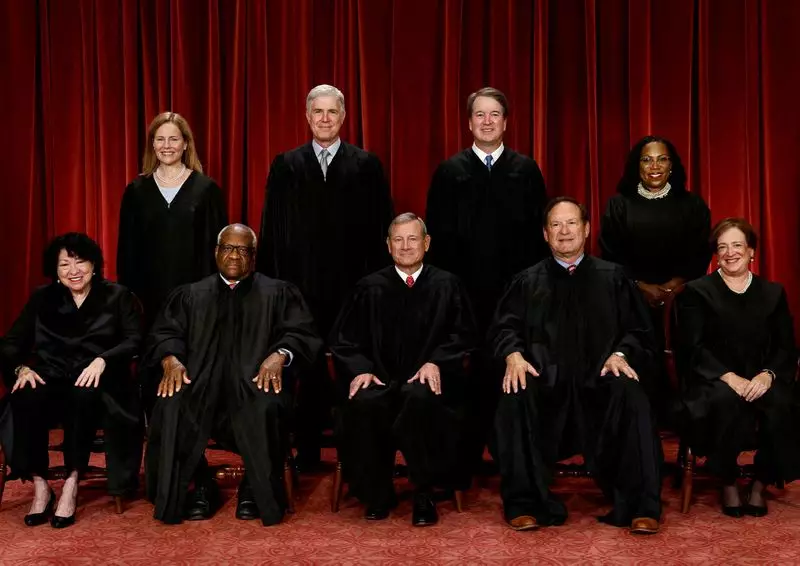The U.S. Supreme Court’s conservative majority has made significant strides in curbing federal regulatory authority during the most recent term. The court has focused on limiting the government’s power to regulate various aspects, ranging from stock trading to pollution. This marks a critical role in the ongoing effort by business interests and others to diminish the influence of the “administrative state.”
In a major ruling, the conservative justices reversed a 1984 precedent known as “Chevron deference,” which required courts to defer to government agency interpretations of federal law. This decision is expected to make it easier for judges to challenge actions by U.S. agencies regarding regulations in areas such as air and water quality, food and drug safety, employment standards, and investor protection.
The court’s rulings have effectively limited the power of regulatory agencies in recent years. From curbing the authority of the Environmental Protection Agency to reducing carbon emissions from power plants to embracing the “major questions” doctrine, the conservative majority has prioritized restricting administrative agencies’ powers. This shift has made it simpler for regulated parties to contest agency actions.
Debating the Impact
Legal scholars have expressed differing opinions on the extent to which these rulings undermine the power of regulatory agencies. While some view the court’s decisions as a step towards dismantling the federal regulatory state, others argue that it falls short of completely destroying the administrative state or ending all judicial deference to it.
Upholding Consumer Financial Protection
In a challenge brought by the payday loan industry against the Consumer Financial Protection Bureau’s funding mechanism, the court upheld the agency’s structure. This decision was crucial in protecting the agency from facing an existential threat.
Guns and Abortion
Despite having the opportunity to further restrict access to abortion in two major cases, the court’s conservative majority chose not to do so this term. The justices also avoided expanding gun rights under the Second Amendment, suggesting limits to the scope of gun control measures that can be challenged.
The Supreme Court is set to review additional firearms-related cases in the upcoming term, including challenges to bans on gun possession by certain individuals and assault-type rifles. Furthermore, the justices will decide the legality of state bans on gender-affirming medical care for transgender minors, reflecting the ongoing legal battles over social issues.
Overall, the U.S. Supreme Court’s conservative majority has played a significant role in reshaping federal regulatory authority. By limiting agency power and redefining legal doctrines such as Chevron deference, the court has set a precedent for future legal challenges and regulatory oversight. It remains to be seen how these decisions will impact the administrative state and the relationship between government agencies and the private sector.

